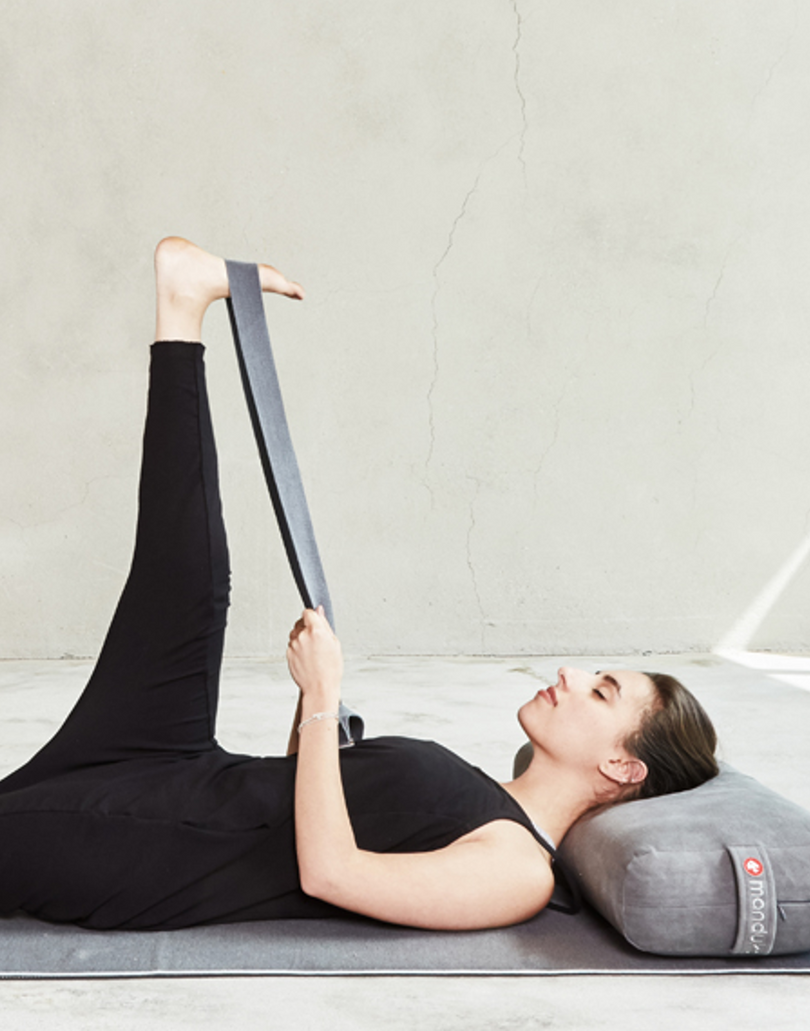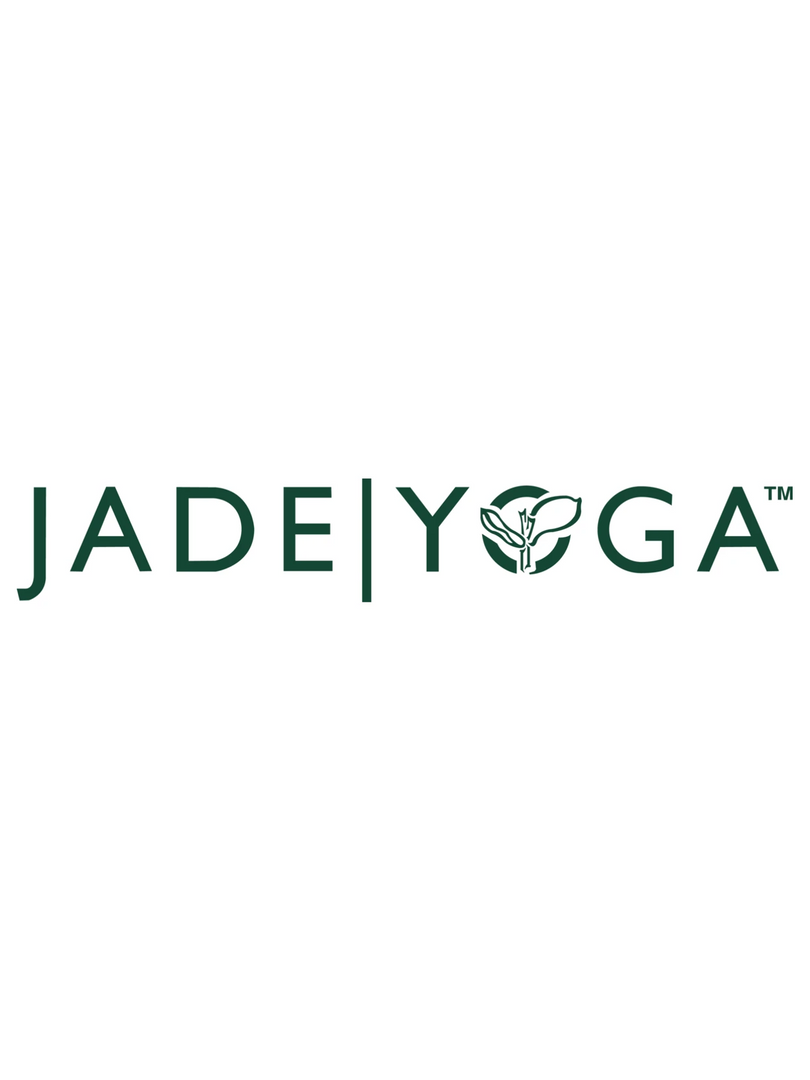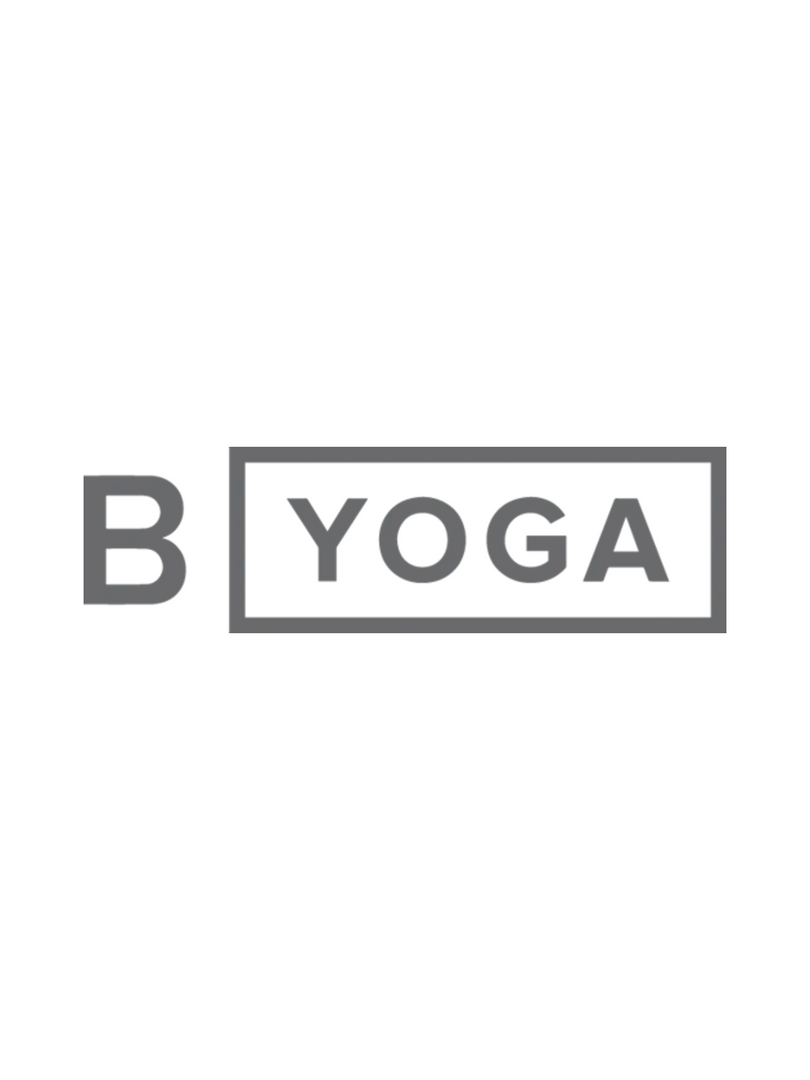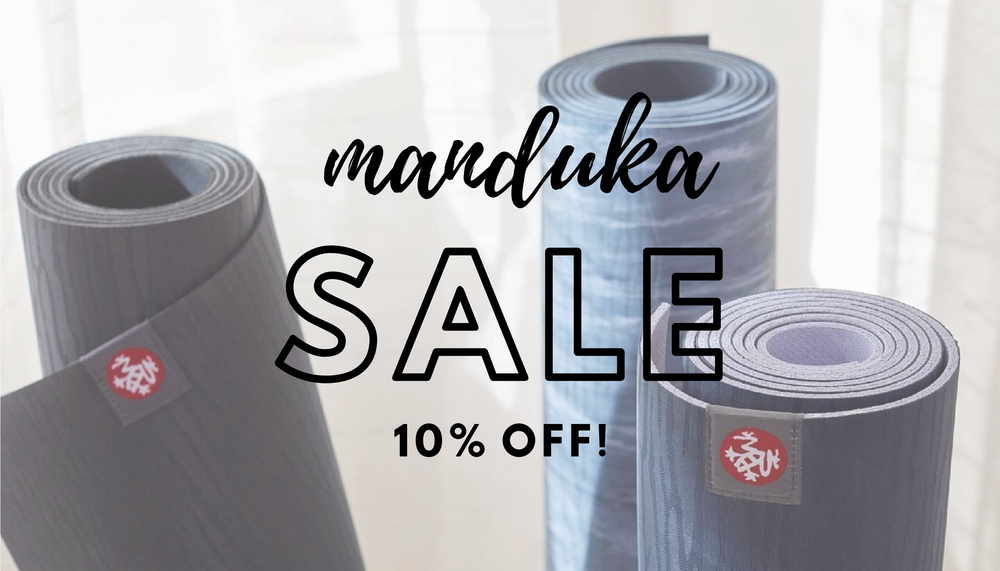
All you need to know to get started with yoga, including the health benefits, yoga styles for beginners, and finding a yoga class.
What is yoga?
Yoga is an ancient form of exercise that focuses on strength, flexibility and breathing to boost physical and mental wellbeing. The main components of yoga are postures (a series of movements designed to increase strength and flexibility) and breathing. The practice originated in India about 5,000 years ago, and has been adapted in other countries in a variety of ways. Yoga is now commonplace in leisure centres, health clubs, schools, hospitals and surgeries.
What are the health benefits of yoga?
Dozens of scientific trials of varying quality have been published on yoga. While there's scope for more rigorous studies on its health benefits, most studies suggest yoga is a safe and effective way to increase physical activity, especially strength, flexibility and balance. There's some evidence that regular yoga practice is beneficial for people with high blood pressure, heart disease, aches and pains – including lower back pain – depression and stress.
Can yoga help prevent falls?
Yes. Yoga improves balance by strengthening your lower body, in particular your ankles and knees, thereby reducing your chances of falling. However, falls may sometimes be caused by a health condition, in which case it's a good idea to see your GP or visit a falls clinic at a local hospital.
Can yoga help with arthritis?
Yoga is popular with people with arthritis for its gentle way of promoting flexibility and strength. Some research suggests yoga can reduce pain and mobility problems in people with knee osteoarthritis. However, some yoga moves aren't suitable for people with the condition. Find a teacher who understands arthritis and can adapt movements for individual needs, especially if you have replacement joints. Check with a doctor or physiotherapist to find out if there are any movements to avoid.
Am I too old for yoga?
Definitely not. People often start yoga in their 70s, and many say they wish they had started sooner. There are yoga classes for every age group. Yoga is a form of exercise that can be enjoyed from childhood to your advanced years.
Do I have to be fit to do yoga?
No, you can join a class that's suitable for your fitness level. For example, to join a mixed ability yoga class, you need to be able to get up and down from the floor. Some yoga classes are chair-based.
Don't I need to be flexible to do yoga?
Not necessarily. Yoga will improve your flexibility and help you go beyond your normal range of movement, which may make performing your daily activities easier.
Can I injure myself doing yoga?
Yoga-related injuries are uncommon. Some injuries can be caused by repetitive strain or overstretching. But yoga is the same as any other exercise discipline. It is perfectly safe if taught properly by people who understand it and have experience. Learning from a qualified yoga teacher and choosing a class appropriate for your level will ensure you remain injury-free.
What style of yoga should I do?
There are many different styles of yoga, such as Ashtanga, Iyengar and Sivananda. Some styles are more vigorous than others. Some may have a different area of emphasis, such as posture or breathing. Many yoga teachers develop their own practice by studying more than one style. No style is necessarily better or more authentic than any other. The key is to choose a class appropriate for your fitness level.
What type of class should I look out for?
Classes can vary in duration, but typically last between 45 minutes to 1 hour and 30 minutes. A longer class will give you more time for learning breathing and relaxation techniques, and will give the teacher time to work with your individual ability. It's worth speaking to a teacher about their approach before you sign up for a class.
Where can I find a yoga class?
No specific qualifications are required to teach yoga in the Malaysia. However, it is generally accepted that teachers need to be insured and have a teaching certificate and accreditation from a yoga association.
The main Malaysia yoga associations are:
- British Wheel of Yoga (BWY), Malaysian Association of Yoga Instructors
- Yoga Alliance
These associations all list teachers and classes near you on their websites. You can also search for a local class or teacher using the following websites:
Can I use a book or a yoga DVD instead of going to a class?
It's better to start with a class to learn the poses and breathing techniques correctly. With a DVD, there will be nobody to correct your mistakes, which may lead to injury over time. With some experience of being in a class, a DVD can then be helpful for keeping up practice.














